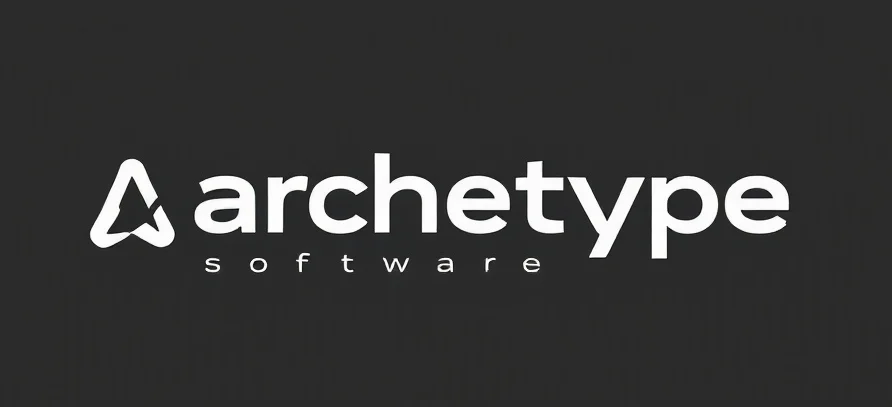Decoding the Power of Batches: A Journey into Efficient Data Processing
Imagine you’re a futuristic explorer, venturing through the vast galaxy of data. Each piece of information is like a star—bright, unique, but scattered across the cosmos. To make sense of this universe, you need a way to gather these stars efficiently. That’s where the concept of a batch comes into play—think of it as a spaceship that collects and processes stars in groups rather than one at a time, revolutionizing how we handle data in the digital age.
The Origins of Batching: From Manual to Machine-Driven Efficiency
Long before the digital world, humans processed information manually—slow, laborious, and prone to error. As technology advanced, especially with the rise of computers, the need for efficiency became paramount. Early on, programmers realized that handling data one piece at a time was like trying to drink from a firehose—overwhelming and ineffective. Enter batching, a technique borrowed from manufacturing lines, where work is grouped into manageable units for smoother, faster processing.
In the context of modern computing, batching transforms how systems handle large volumes of data. Instead of processing each data point individually, systems collect a set of data—say, 100 or 1,000 records—and process them all at once. This approach minimizes the overhead, reduces latency, and boosts overall throughput, making data handling faster and more scalable.
The Science Behind Batching: Why It Works
Efficiency through Parallelism
At its core, batching leverages the power of parallel processing. When data is grouped, systems can perform multiple operations simultaneously, much like a team of astronauts working together on different parts of a spaceship. This parallelism reduces the time required to complete tasks, especially in high-volume environments like financial transactions, machine learning training, or real-time analytics.
Reducing Overhead
Each operation—whether reading data from storage, sending it over a network, or performing calculations—has an associated fixed cost called overhead. Processing data one by one means paying this cost repeatedly. But with batching, you pay this overhead once for a group, drastically improving efficiency.
Real-World Stories: Batches in Action
Picture a streaming service like Netflix. Every time you hit “play,” the system doesn’t fetch each frame individually from the server. Instead, it preloads chunks—batches of data—ensuring smooth playback. Similarly, in the realm of AI, training models involves feeding vast datasets in batches. These batches allow algorithms to learn patterns efficiently, akin to a student studying in focused sessions rather than trying to memorize everything at once.
Another example is in the world of online banking, where hundreds of transactions are processed in a batch during nightly updates. Instead of verifying each transaction separately, the system groups them, verifying and updating balances collectively—saving time and reducing errors.
The Challenges and Considerations
While batching offers impressive benefits, it’s not a silver bullet. Too large a batch can lead to delays—imagine waiting for a huge spaceship load to arrive before launching. Conversely, too small a batch might not fully leverage system capabilities, resulting in underperformance. Striking the right balance depends on the specific application and system constraints.
Moreover, some tasks require real-time processing—like autonomous vehicle sensors—that can’t wait for batching. In such cases, hybrid approaches are used, combining the immediacy of real-time data with the efficiency of batching for less time-sensitive information.
The Future of Batching: A Galactic Perspective
As we look to the future, batching remains a cornerstone of high-performance computing. With the advent of edge computing, cloud services, and AI, the ability to efficiently process massive data streams becomes even more critical. Innovations are making batching smarter—adaptive batch sizes that respond to current system loads, for instance, or dynamic batching that learns optimal groupings over time.
In the end, batching is more than just a technical trick; it’s a story of evolution—how we’ve learned to tame the chaos of data and turn it into a structured universe of insights. Whether you’re a sci-fi geek, a data scientist, or a tech enthusiast, understanding batching unlocks a new appreciation for the elegance behind the scenes of our digital galaxy.
Checkout ProductScope AI’s Studio (and get 200 free studio credits)
